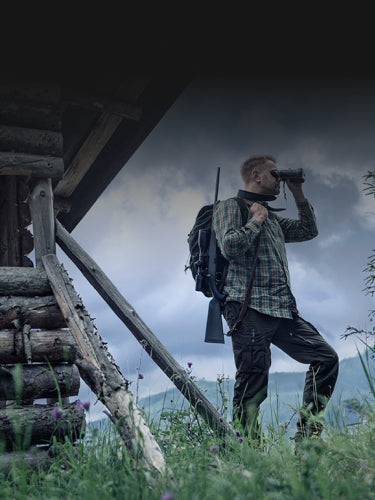At Pulsar, we know thermal imaging technology doesn’t just help put food on the table, we also know for a fact thermal imaging is an invaluable tool for first responders. Firefighters, search and rescue teams, the U.S. military and law enforcement use thermal not only to apprehend suspects and catch bad guys but also to find missing persons and victims of fire and accidents.
Due to legal disclosure agreements from different law enforcement departments, it is rare we get to publish the life-saving opportunities of using thermal imaging units. But thanks to an alert hunter from Nebraska and his Pulsar Trail XP50 riflescope, three people are alive today.
Pulsar Trail owner Marcus Dryak was on his way home from bow hunting in Nebraska. On an isolated road in the dead of night, it can be nearly impossible to see your surroundings. Marcus had his radio turned on but windows down, allowing him to hear the wind and night sounds around him.
When driving past one particularly dark area of the road, he believed he heard a faint “Help me!” in the distance. Scanning but not being able to see anything in the fields beside him, Marcus heard the cry for help again. He pulled over and turned on his Trail XP50 thermal scope.
About 30 yards from a nearby Stop sign off the main road, Marcus saw a crashed vehicle. Through his thermal, Marcus was able to see three people trapped inside.
Marcus immediately called 9-1-1. It took first responders 45 minutes working with the Jaws of Life to free the passengers from the car.
The driver of the vehicle, a Dodge Ram pickup truck, missed the stop sign and hit a cottonwood tree off the road.
All passengers were transported to the nearest trauma unit. Police later told Marcus had it not been for his thermal, one of the passengers would not have made it through the night.
Marcus visited the victims in the hospital. He says, “The hospital staff and the family were all amazed that I found them. They said the whole thing was a miracle. They said that my thermal was priceless.”
Stories like this remind us of the everyday applications and life-saving potential of thermal and digital night vision.



